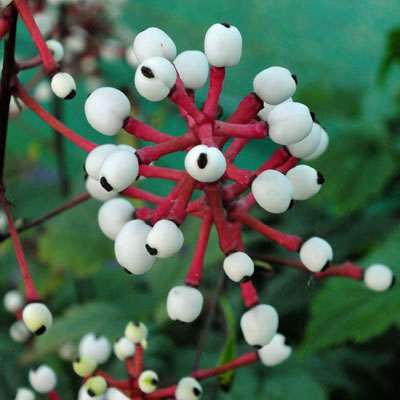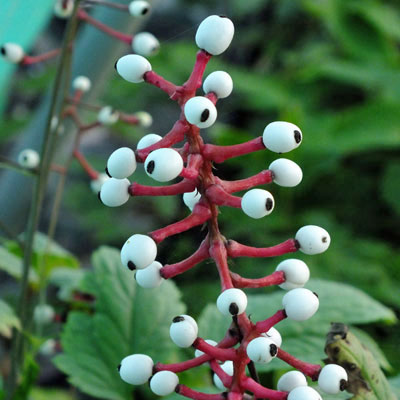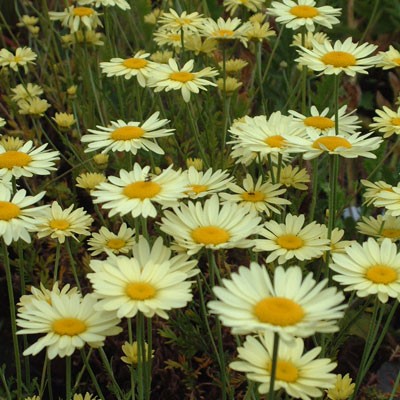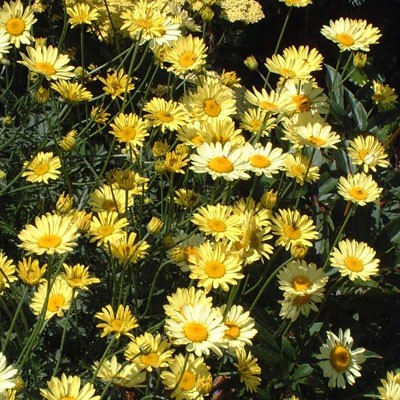Description
Actaea pachypoda Misty Blue
White Baneberry, Doll’s Eyes. Handsome mounds of bi-pinnately dissected glaucous foliage are topped in Spring by spikes of somewhat fluffy white flowers. Later these set to form clusters of remarkable pure white berries with a black dot at the apex, hence the name ‘doll’s eyes’. Even more remarkable are the thickened bright cherry red pedicels (stalks) which support the cluster. In fruit they really are striking, staring out like some multi-eyed alien (they put me in mind of a molymod set – one for the chemists). A handsome plant over a long season fro the woodland garden, but a word of CAUTION for those with young children. The fruits are extremely poisonous, containing the toxin protanemonin which , even in miniscule amounts, can paralyse the respiratory system. 60cm
Bugbanes – Actaea and Cimicifuga
Actaea has now absorbed the Genus Cimicifuga, but I have retained the synonym to help those more familiar with the old name. The main difference that separates the two is the dry follicles of Cimicifuga and the fleshy berries in Actaea. They are easy going long-lived perennials for growing in moist shade. They flower form late Summer into Autumn at a time when flowers are getting scarce, they never need staking and they are just about pest free – the name Cimicifuga (‘cimex’ = bug, ‘fugere’ = drive away) and Bugbane deriving from this property. Russians use Cimicifuga europea (Cimicifuga foetida) as an insect repellent.
There are Cimicifugas present right across the Northern Temperate zone, but all are happy in the same moist leafy soil. The American species tend to be deeper rooting and a little more tolerant of drier conditions.
The flowers and dried seed heads of Cimicifuga are both good for flower arranging, but some find the smell of the flowers off-putting at close quarters.
Cimicifuga racemosa is known in North America as Black Snakeroot or Black Cohosh. Amongst Native Americans it is a much used herb and thought to have effect against the bite of a rattlesnake. They call it ‘Candle of the Woods’. North American settlers learnt this and used it extensively as a bed bug repellent in their mattress stuffings. The vernacular name of Cimiciguga dahurica, from Asia, is bug chaser dahurian, reinforcing the similar properties.
They are however moderately toxic and closely related to the Actaeas which are extremely toxic.
Derivation
Actaea are members of the Buttercup Family, The Ranunculaceae
Actaea comes form the Greek ‘Aktea’ – The Elder Tree
Links



























































Reviews
There are no reviews yet.